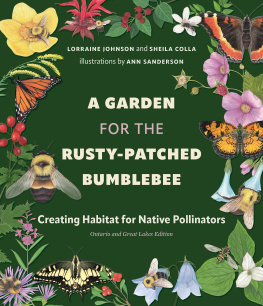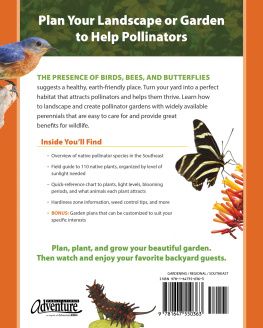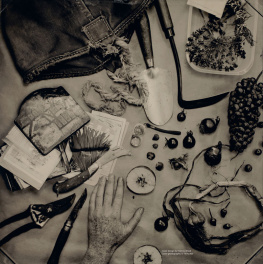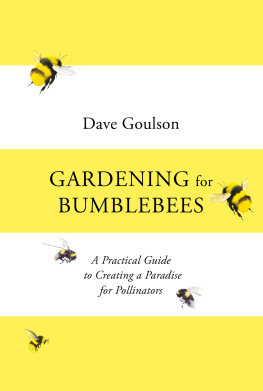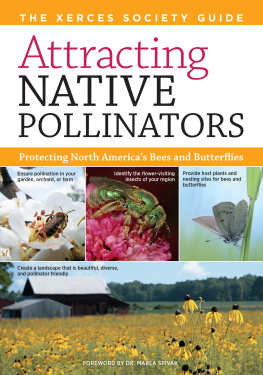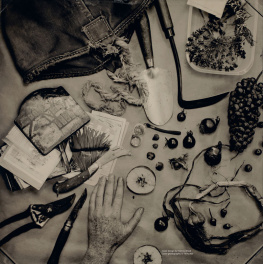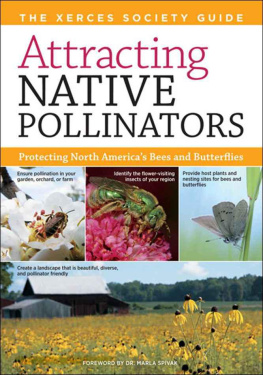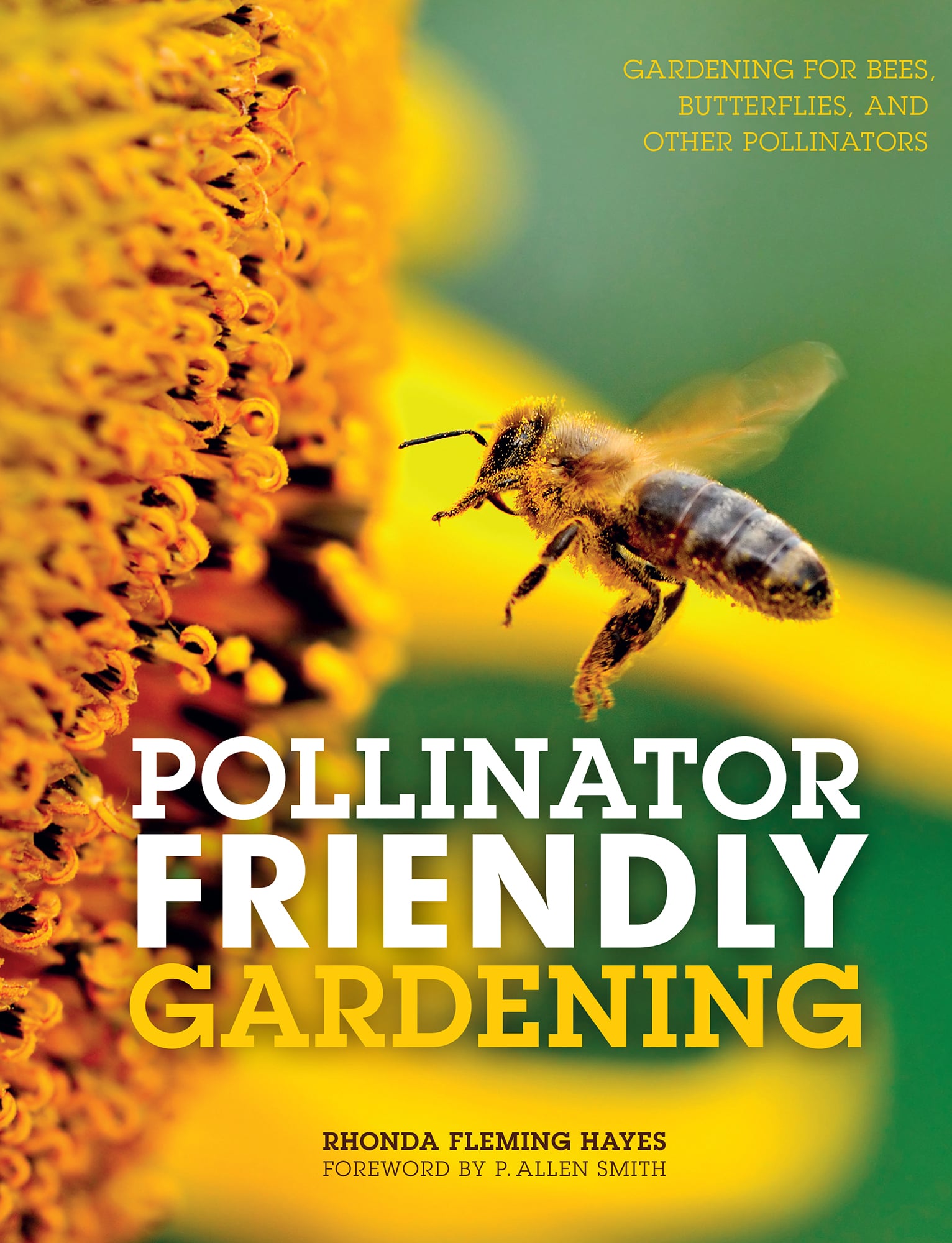
2015 Quarto Publishing Group USA Inc.
Text 2015 Rhonda Fleming Hayes
Photography 2015 Rhonda Fleming Hayes
First published in 2015 by Voyageur Press, an imprint of Quarto Publishing Group USA Inc.,
400 First Avenue North, Suite 400, Minneapolis, MN 55401 USA.
Telephone: (612) 344-8100 Fax: (612) 344-8692
quartoknows.com
Visit our blogs at quartoknows.com
All rights reserved. No part of this book may be reproduced in any form without written permission of the copyright owners. All images in this book have been reproduced with the knowledge and prior consent of the artists concerned, and no responsibility is accepted by producer, publisher, or printer for any infringement of copyright or otherwise, arising from the contents of this publication. Every effort has been made to ensure that credits accurately comply with information supplied. We apologize for any inaccuracies that may have occurred and will resolve inaccurate or missing information in a subsequent reprinting of the book.
Voyageur Press titles are also available at discounts in bulk quantity for industrial or sales-promotional use. For details contact the Special Sales Manager at Quarto Publishing Group USA Inc., 400 First Avenue North, Suite 400, Minneapolis, MN 55401 USA.
Digital edition: 978-1-62788-847-9
Softcover edition: 978-0-76034-913-7
Library of Congress Cataloging-in-Publication Data
Hayes, Rhonda Fleming, 1956- author.
Pollinator friendly gardening : gardening for bees, butterflies, and other pollinators / Rhonda Fleming Hayes.
pages cm
ISBN 978-0-7603-4913-7 (sc)
1. Gardening to attract wildlife. 2. Gardening to attract birds. 3. Bees. 4. Butterfly gardening. 5. Hummingbirds. 6. Pollinators. I. Title. II. Title: Gardening for bees, butterflies, and other pollinators.
QL59.H39 2016
638.5789--dc23
2015020836
Acquiring Editor: Thom OHearn
Project Manager: Jordan Wiklund
Art Director: Cindy Samargia Laun
Cover Design: Karl Laun
Book Design and Layout: Amelia LeBarron
POLLINATOR FRIENDLY GARDENING
GARDENING FOR BEES, BUTTERFLIES, AND OTHER POLLINATORS
RHONDA FLEMING HAYES
FOREWORD BY P. ALLEN SMITH

TABLE OF CONTENTS
Guide
FOREWORD
Colony collapse disorder, neonicotinoids, and varroa mites arent topics one expects to chat about at a cocktail party, but these words have indeed made their way into casual conversation of late. It seems a lot of people (not just beekeepers and gardeners) are talking about pollinating insects and how their dwindling populations are impacting everything from wildlife diversity to food production.
Pollinating insects are a matter that everyone should be talking about loudly. This oft-overlooked workforce helps produce one-third of everything we eatessentials like tomatoes, almonds, and appleswhich makes the pollinator crisis relevant to all. And it is a crisis, but the good news is that you can make a difference in your own backyard.
One of the top reasons for pollinator decline is habitat loss. As humans spread out and build, we destroy wilderness where insects thrive. Common sense says that if we make our yards havens for bees, moths, birds, and other beneficials, we can return some of what weve taken away. And why wouldnt you want to invite these creatures into your garden? Not only will they bring the landscape alive, your plantings will prosper under the care of our winged friends.
I knew this book would be good when I read this sentence in the first paragraph: It starts with changing peoples mindset about bugs. This is the cornerstone in our effort to save the pollinators. The old way of thinking is that all insect pests should be completely stamped out. Not only is this impossible, but the consequence of attempting to do so is the loss of good bugs. A more positive approach is to recognize that insects are valuable components to a healthy gardens ecosystem. All insects. The key is to encourage the beneficials and manage rather than try to eliminate those that cause damage.
Pollinator Friendly Gardening is an excellent resource for both inspiration and practical know-how in your journey toward becoming an advocate for pollinators. Its no surprise to me that Rhonda is able to offer her wisdom in a way that is easy to understand, achievable, and without fuss. Shes attended several of our annual Garden2Blog events at the farm, and I always find her passionate yet flexible, and encouraging rather than preaching. These traits are reflected in her writing: she never admonishes the reader for loving non-native plants, invites us to weave pollinator-friendly plants throughout the garden rather than relegate them to a restricted area, and assures us that we dont have to sacrifice good design when planting native species.
Because you are reading this book, you are already on your way to creating a space for both you and wildlife to enjoy. Rhonda will lead you in the right direction with plant suggestions, design ideas, and the knowledge you need to help pollinators flourish.
P. Allen Smith
INTRODUCTION
Red admiral butterflies work efficiently over the tiny florets of these alliums.
As I went through the checkout line at Whole Foods the other day, I noticed bags of pollinator-friendly almonds for sale. I smiled to myself. Who would have predicted that product ten years ago, or who would have known what that slogan even meant? There has been a seismic shift in attitude toward the creatures responsible for a huge portion of our food supply. Champions of organic food and agro-friendly food, farm, and garden practices are making people more aware of pollinators and the threats they face than ever before, so its a crucial time to build on that message and encourage the creation of pollinator-friendly gardens. It starts with changing peoples mindset about bugs.
Ive been gardening all my life, though I wasnt always cognizant of the contribution pollinators made to the process. You might say my interest and concern for pollinators came about by happy accidentalthough I like to think my gardening practices were already evolving in that direction, it was one random moment that put this passion into focus.
One day I sat down on the bench to rest after a sweaty session of weeding in my Kansas kitchen garden. I looked around and wondered about the gardens future now that the kids would soon leave for college. This garden had been the epicenter of my horticultural and maternal urgesthe need to grow and cookfor ten years.
It was the longest I had ever gardened in one location. The picket-fenced plot was the culmination of my gardening ambitions after a lifetime of planting in fits and starts, first with a nomadic family, and then later because of my husbands job, a fast-paced position that transferred us around the country and overseas.
Our time in England proved transformative for my garden aspirations. Sure, there were the spectacular estate gardens, and everyone seemed to have beautiful perennial borders or at least fabulous hanging baskets. But it was their humble kitchen gardens that stole my heart. All that talk about bad British food vanished when newfound friends offered up gifts from their gardens: a sack of baby potatoes still crusted with bits of earth; a bundle of asparagus; a punnet of soft, sweet, no-sugar-needed strawberries. I knew when I got the chance to garden again


